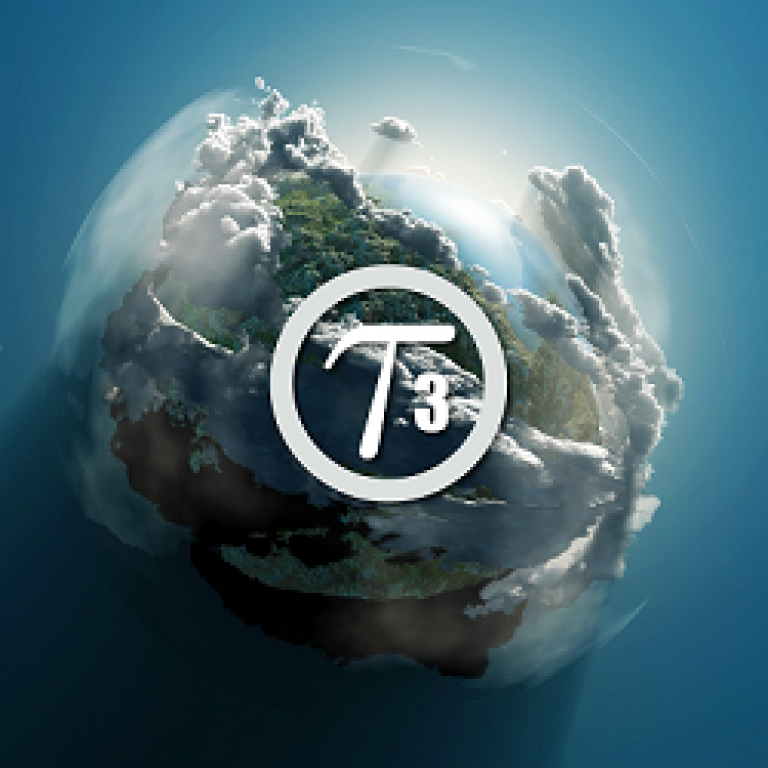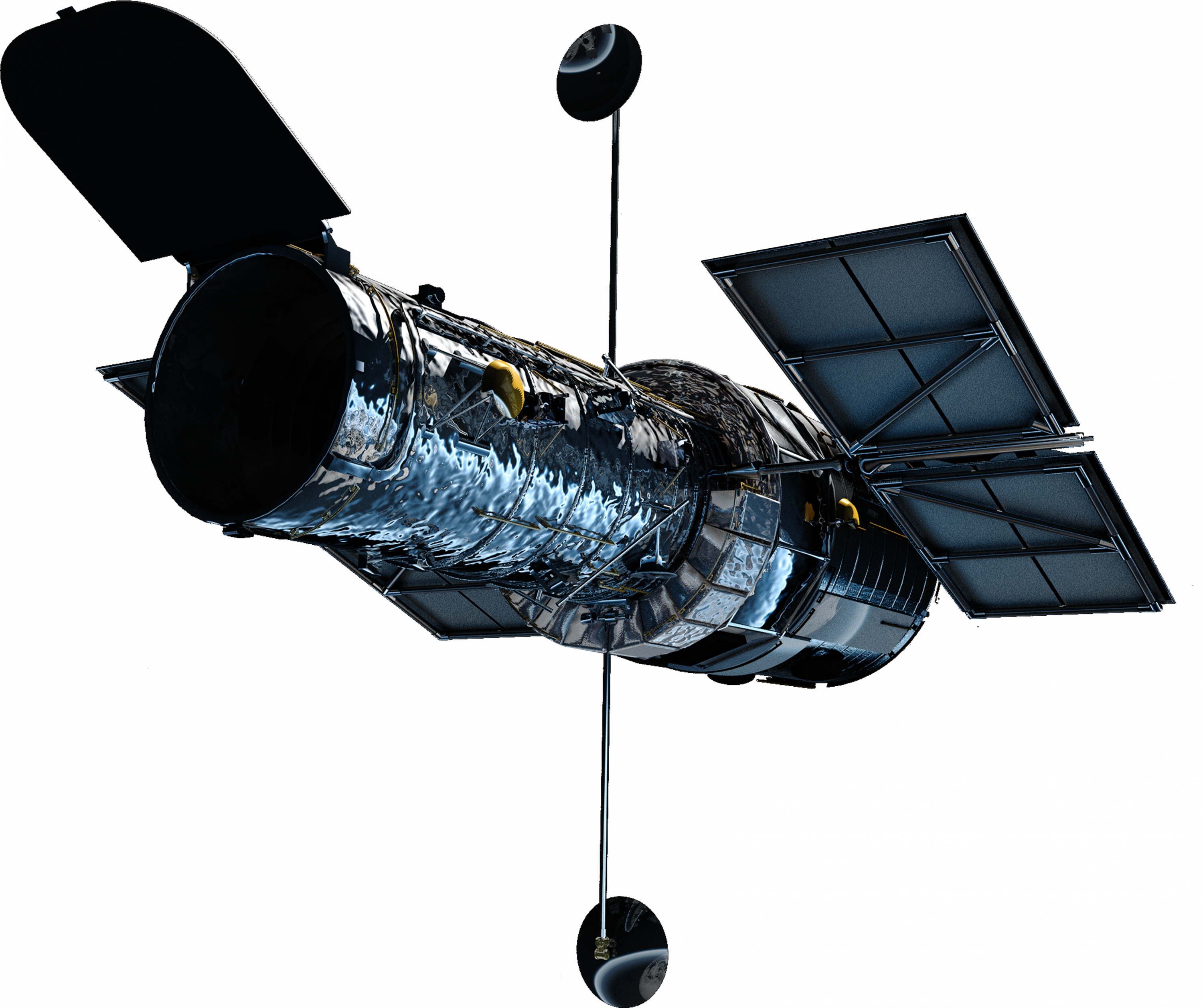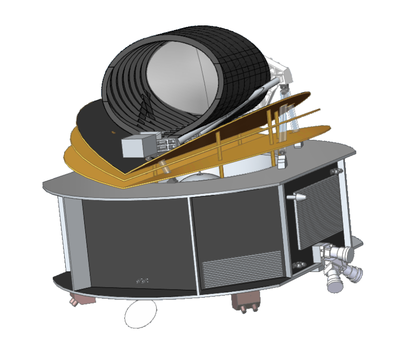Code Development:
TauREx
 TauREx (Tau Retrieval for Exoplanets) is an open source software, developed by Dr. Ahmed F. Al-Refaie and myself. The suite provides radiative transfer forward models, chemical codes, clouds models and other exo-atmospheric tools for the study of transit, eclipse and phase-curve data. Using optimization techniques, TauREx can retrieve the properties of exo-atmospheres from real observations. It is often employed by the community as a benchmark and it has been used in numerous workshops and summer schools. TauREx is one of the main codes used in the Ariel consortium to simulate the performances of the telescope. The new version TauREx 3.1 is available at: TauREx3 documentation, while the main publication can be consulted here.
TauREx (Tau Retrieval for Exoplanets) is an open source software, developed by Dr. Ahmed F. Al-Refaie and myself. The suite provides radiative transfer forward models, chemical codes, clouds models and other exo-atmospheric tools for the study of transit, eclipse and phase-curve data. Using optimization techniques, TauREx can retrieve the properties of exo-atmospheres from real observations. It is often employed by the community as a benchmark and it has been used in numerous workshops and summer schools. TauREx is one of the main codes used in the Ariel consortium to simulate the performances of the telescope. The new version TauREx 3.1 is available at: TauREx3 documentation, while the main publication can be consulted here.
Alfnoor
 Alfnoor (The Thousand Light Simulator) is a project aiming to expand the capabilities of TauREx to populations of atmospheres. It is used in the context of Ariel to simulate the mission performances, and on real data to perform large scale population analyses.
Alfnoor (The Thousand Light Simulator) is a project aiming to expand the capabilities of TauREx to populations of atmospheres. It is used in the context of Ariel to simulate the mission performances, and on real data to perform large scale population analyses.
Exoplanet Missions:
Hubble Space Telescope
 HST has been the workhorse of exoplanet atmospheric characterization since their discovery. While not originally designed to observe exoplanets, inovative techniques and new observing modes have allowed to leverage the capabilities of this 2.5m space telescope to obtain high quality spectra of exo-atmospheres. Since the begining of my PhD, I have worked with Wide Field Camera 3 onboard the telescope to analyse and extract population level trends for about 80 objects, conducting the largest such surveys of exo-atmospheres to date.
HST has been the workhorse of exoplanet atmospheric characterization since their discovery. While not originally designed to observe exoplanets, inovative techniques and new observing modes have allowed to leverage the capabilities of this 2.5m space telescope to obtain high quality spectra of exo-atmospheres. Since the begining of my PhD, I have worked with Wide Field Camera 3 onboard the telescope to analyse and extract population level trends for about 80 objects, conducting the largest such surveys of exo-atmospheres to date.
Ariel
 ESA Ariel (Atmospheric Remote-sensing Exoplanet Large-survey) is one of the next medium-class missions selected by the European Space Agency. The 1m class telescope is due to launch in 2029 with the goal to observe thousands of exoplanets atmospheres to get insight on their composition and properties. I am one of the key consortium member, leading the Spectral Retrieval Working group, where I help define the science goals and evaluating the performance of the mission.
ESA Ariel (Atmospheric Remote-sensing Exoplanet Large-survey) is one of the next medium-class missions selected by the European Space Agency. The 1m class telescope is due to launch in 2029 with the goal to observe thousands of exoplanets atmospheres to get insight on their composition and properties. I am one of the key consortium member, leading the Spectral Retrieval Working group, where I help define the science goals and evaluating the performance of the mission.
James Webb Space Telescope
 NASA/ESA/CSA JWST is the next great space observatory. Launched in December 2021, it is designed to answer the deepest questions of the universe by observing in the near to far infrared. JWST offers unique observing capabilities to revolutionise our knowledge of the Solar System, of star and planets formation, exoplanets, and other galaxies. As an ESA fellow at STScI, I use Webb to observe exoplanet atmospheres from transit, eclipse phase-curves and direct-image observations. I specialize in recovering the properties of observed exoplanets, such as thermal structure, chemistry or cloud composition using modern atmospheric retrieval techniques.
NASA/ESA/CSA JWST is the next great space observatory. Launched in December 2021, it is designed to answer the deepest questions of the universe by observing in the near to far infrared. JWST offers unique observing capabilities to revolutionise our knowledge of the Solar System, of star and planets formation, exoplanets, and other galaxies. As an ESA fellow at STScI, I use Webb to observe exoplanet atmospheres from transit, eclipse phase-curves and direct-image observations. I specialize in recovering the properties of observed exoplanets, such as thermal structure, chemistry or cloud composition using modern atmospheric retrieval techniques.